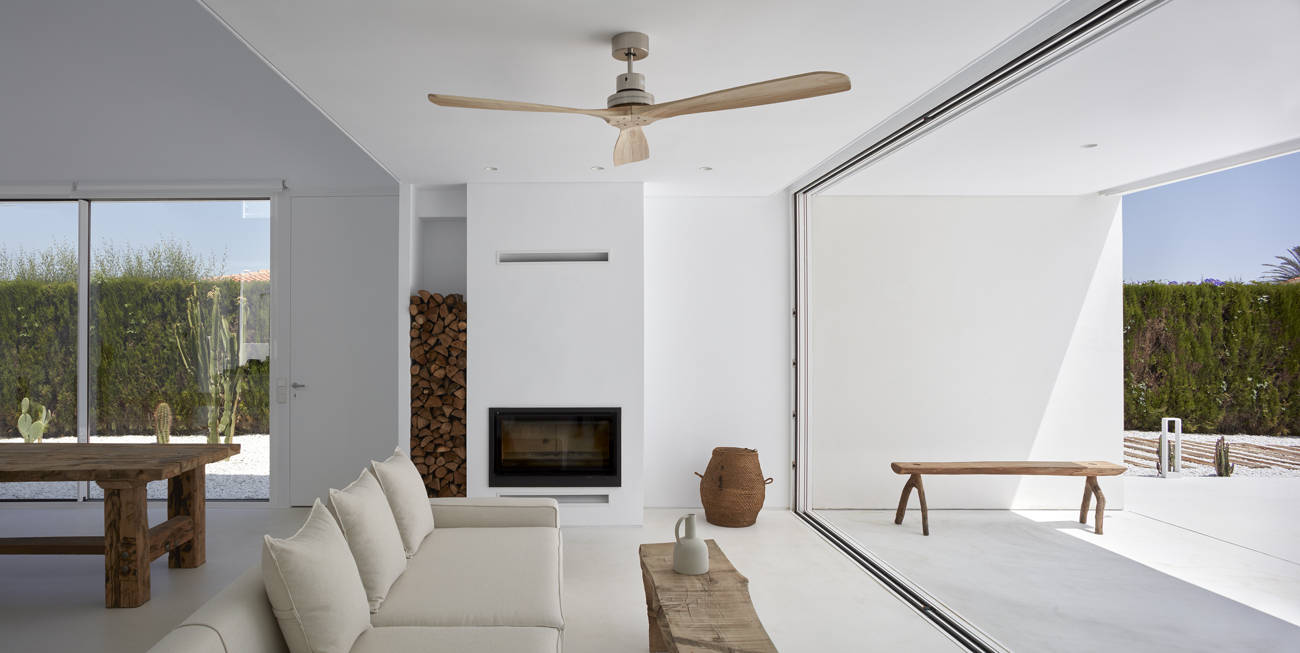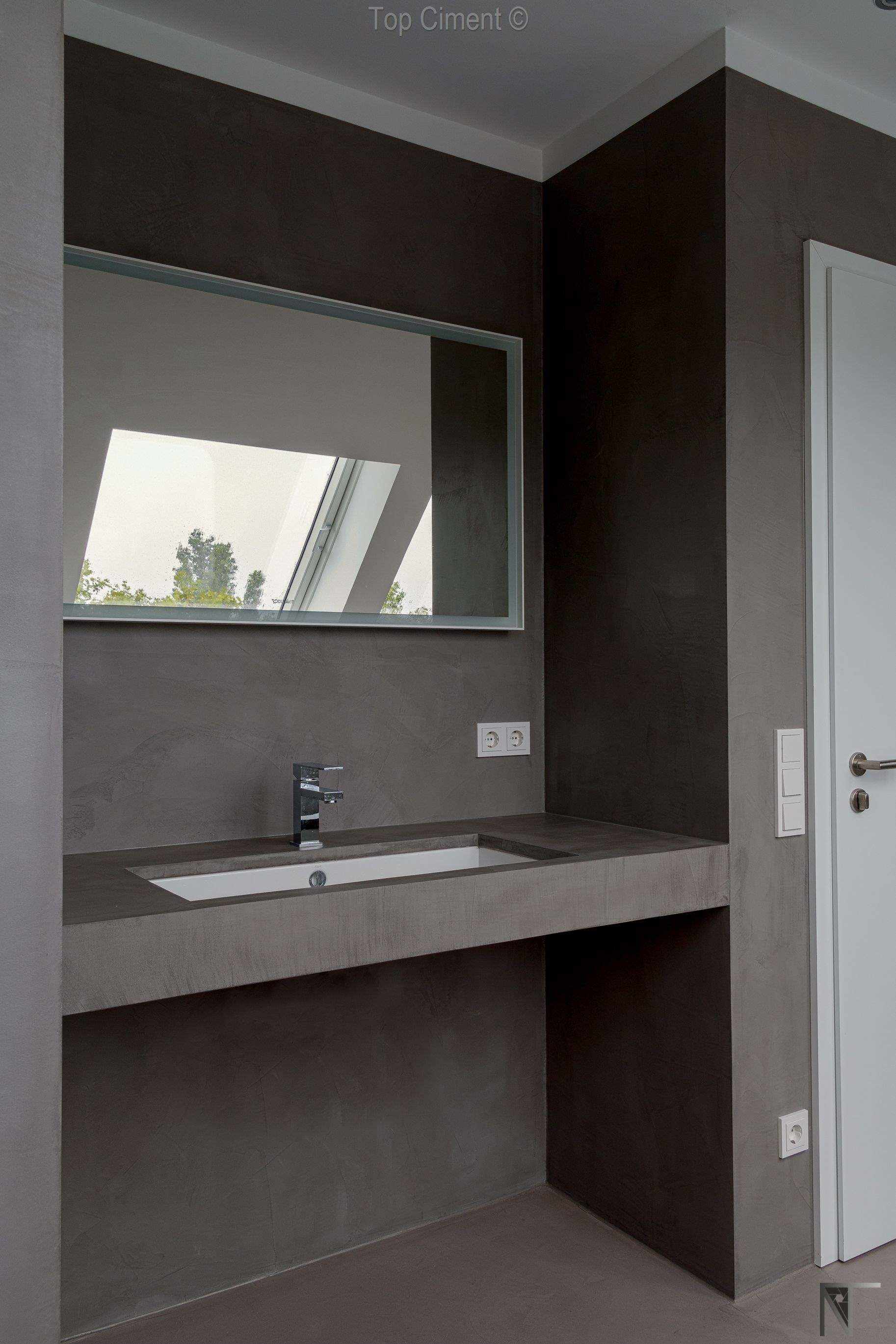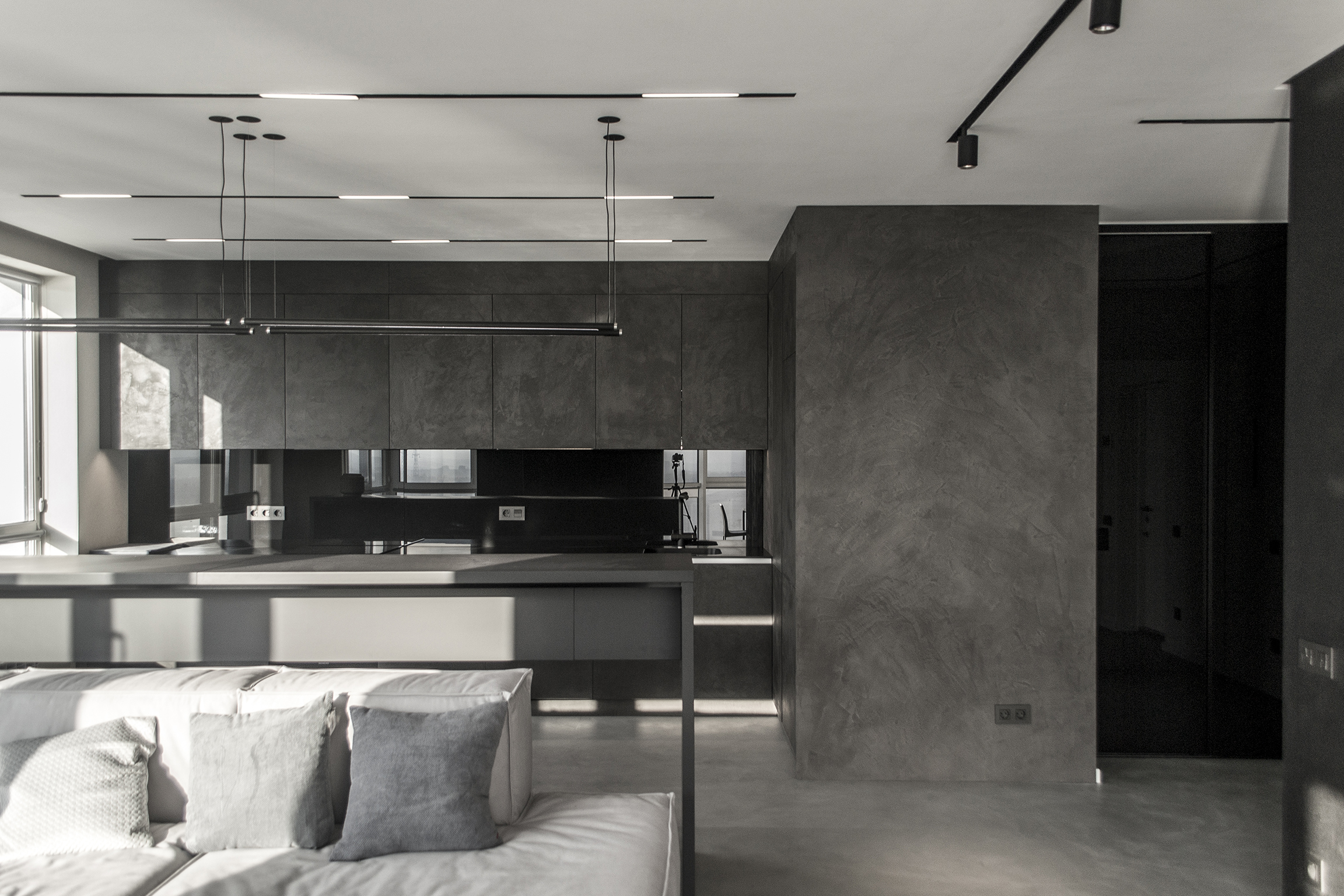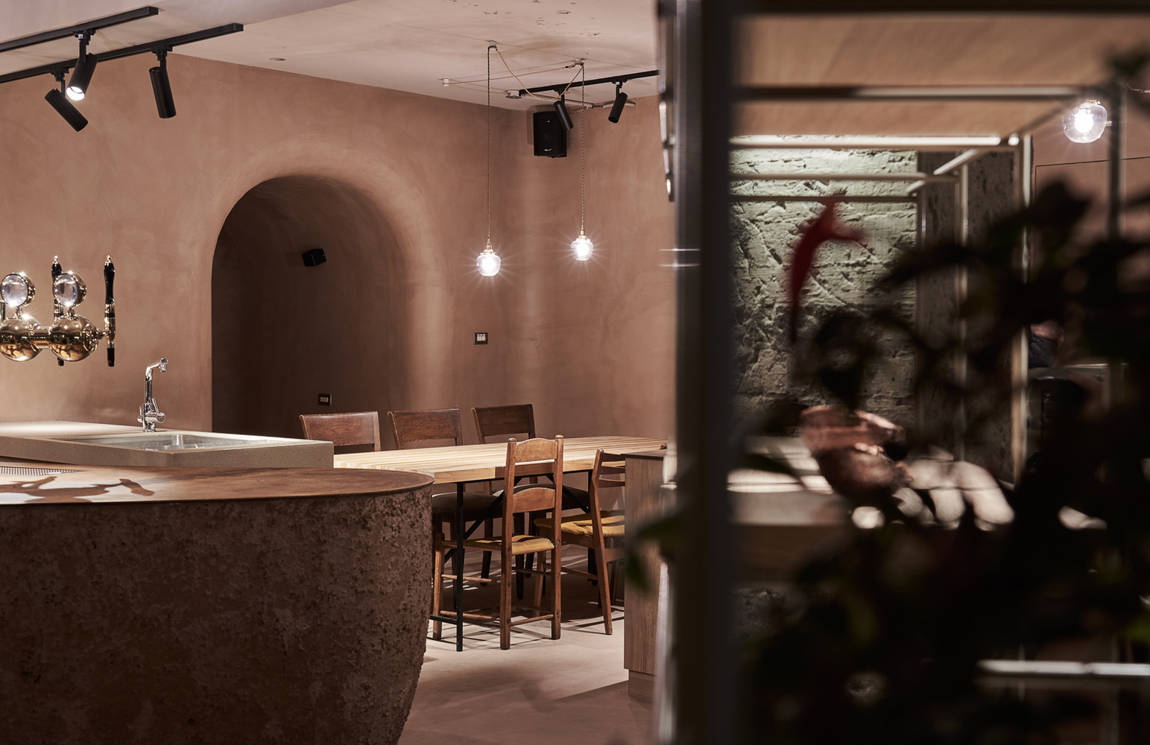Microcement on walls: everything you need to know about its use
Themicrocement es un revestimiento decorativo que se ha tornado popular por su uso masivo como pavimento continuo en viviendas particulares así como en grandes locales y comercios. Su versatilidad en cuanto a acabados, colores y texturas así como su funcionalidad y precio competitivo, son algunos de los factores responsables del boom que ha experimentado este recubrimiento de un tiempo a esta parte.
A popularity that is not only limited to floors, as the commitment to microcement walls has skyrocketed in recent years in both indoor and outdoor spaces. The fact that microcement on walls is fully current and its use has spread like wildfire is due to its elegant aesthetics, its durability, its simple cleaning and maintenance or the absence of costly renovations, among many other qualities.
Microcement on walls: all advantages
That microcement on walls has become a trend in decoration and design, especially in interiors, is not a coincidence. In fact, microcement is one of the best wall coverings that we can find on the market for numerous reasons.
Whether you decide to use microcement for the walls of a particular room or a set, you will get a durable aesthetic result without unnecessary complex works in between. Whatever the style you want to give to the space, the microcement walls make up the perfect solution.

Forget about works with microcement on walls
Without a doubt, the great added value of using microcement on walls is to escape from the most chaotic part of a conventional renovation: the debris that comes with construction. A factor that inevitably forces the home or premises to be renovated to be unusable for a certain period of time.
A handicap that completely disappears when applying microcement on walls. Thanks to its thickness of just 3 mm and its compatibility with all types of materials (marble, tiles, stoneware, ceramics, terrazzo, tiles, etc), it is placed directly on the support without having to remove the existing material.
Microcement walls: resistance and durability
Microcement walls offer high resistance to impacts, scratches and chemical products.
Excellent chemical and mechanical resistances that prove that microcement is much more than just a decorative coating.
An indication of the enormous potential and durability of this wall coating that does not crack and has spread like wildfire in recent years.
Microcement for interior and exterior walls
Who said that microcement can only be used for walls in interior rooms?
Microcement is a material whose properties are not harmed by exposure to sunlight. This resistance to UV rays, as well as to temperature changes and ambient humidity, have led to this coating being increasingly demanded as an exterior wall covering.
Take advantage of the waterproofness of microcement walls
Microcement walls are waterproof against running water, which is why they are so popular in rooms such as kitchens and bathrooms. In the case of bathrooms, microcement showers are one of the most successful features.
Almost non-existent cleaning thanks to microcement for walls
Quien diga que le gusta pasarse horas interminables limpiando, no dice la verdad. Gracias a la ausencia de juntas del microcemento para paredes, la limpieza no será un problema ya que no proliferarán hongos o gérmenes. Al evitar la acumulación de suciedad, la limpieza es prácticamente inexistente. Basta con utilizar una balleta húmeda y jabón neutro una vez por semana.

Microcement walls: why they are in fashion
Few materials are capable of imprinting the industrial character that microcement on walls achieves. The loft style that emerged in New York and continues to cause a sensation to this day is very easy to achieve with microcement walls. Hence they are in fashion.
A quick and simple environment to achieve and, best of all, for a long time. But the wide palette of microcement colours for walls goes far beyond the characteristic grey of the industrial style. As well as the variety of finishes: gloss, matte, satin, etc. A plurality that has led to the use of microcement for walls being here to stay.

Minimalist, elegant, continuous spaces that provide a greater sense of spaciousness. An aesthetic to which must be added the resistance and durability of microcement on walls. In fact, the microcement for walls from Topciment comes with a warranty of up to 10 years. Forget about chips, cracks and dampness. Also about endless works and rubble. What other wall covering can say the same?
Microcement on the kitchen walls: absolute trend
It's no secret that microcement walls in kitchens are a real decorative trend. The walls of this room require a coating capable of resisting environmental humidity, chemical products and cleaning products used as well as the impacts and blows they are exposed to by everyday objects.
Requirements that the microcement on the kitchen walls more than meets, in addition to providing a highly attractive decorative finish at an aesthetic level. Likewise, microcement walls in kitchens can boast of offering waterproof finishes against running water and being immutable against stains or liquids.
However, one of the most noteworthy benefits of applying microcement to the kitchen walls is undoubtedly that the kitchen will not become unusable while the renovation is being carried out as there is no need for construction work or removal of existing materials.

Placement of microcement on walls: step by step application
To apply microcement on walls, five very well defined steps must be taken into account.
• Clean the surface before placing the microcement on walls.
• Prime the microcement walls and use a fibreglass mesh.
• Apply two coats of microcement base for walls.
• Apply two coats of finishing microcement for walls.
• Seal and protect the microcement walls.
If you want to delve deeper into the placement of microcement on walls, know what products to use as well as the drying times you have to respect between step and step, visit this page.
How much does it cost to put microcement on walls? Price 2021
There are several factors that come into play when defining the price of microcement on walls. First of all, the length of the surface to be covered. The more metres there are, the higher the cost of putting microcement on walls will be.
Secondly, it is necessary to analyse the condition of the surface of the future microcement walls. If the support is in poor condition, the price of applying microcement on walls will be higher as it will be necessary to remove the damaged pieces.
Thirdly, although it may be obvious, the quality of the microcement for walls plays an important role. The higher the performance, the more it will cost to put microcement on walls. In this regard, it is important to remember that cheap often ends up being very expensive, so skimping on the quality of the material is not the most advisable.
Fourth and lastly, the labour. Each applicator, depending on their experience, the complexity of the renovation and the microcement to be used, will set one price or another for the microcement walls. Although as a general rule, the final cost of applying microcement to walls is between 60 and 100 euros per square metre.
Microfine Microcement, the best for microcement walls
Thanks to its very pleasant and silky fine grain texture to the touch, Microfino microcement is one of the most suitable for microcement walls. A coating that produces a very characteristic watermark effect that beautifies the future wall coated with microcement.

Although Microfino is the most suitable microcement for walls, at Topciment we have also developed Microdeck. It is a medium texture microcement, created to be applied mainly on floors and pavements, but it can be placed on walls thanks to the fresh on fresh technique. In this way, a finish is obtained that is almost as smooth as Microfino but more natural since the water effect is less noticeable.
Subscribe to our newsletter
Receive in your email tips for the application and care of microcement, the latest trends and news from Topciment products.




